Description
Since the arrival of the throne of Pedro I, he had worried about Westernizing the country, making it an absolutist monarchy, reforming the army and creating the Navy. In 1721, after the victory in the Great War of the North, he took the title of Emperor. With the foundation of St. Petersburg and the victory in the war with Sweden, Pedro had already managed to open up to Europe with usable ports all year, and become the main influence on the Polish-Lituana Commonwealth. The next fundamental reign of the time will be that of Catalina the Great, who adopted the principles of the Enlightenment, becoming an enlightened despot. Catalina expanded the borders of the Empire at the expense of the Turks, creating the Black Sea fleet, and Poland, agreeing with Prussia and Austria the distributions of Poland. Also at this time Alaska colonized expanding exploration. In this 18th century and following those principles of the Enlightenment, the first universities were opened and brought to European scientists and technicians, although the rural population (totally majority), continued in a feudal system of subjection to the earth. In the Napoleonic wars, Alejandro changed the side three times according to his interests, since he was also involved in conflicts with Persia and the Ottoman Empire, in which the territories under Russia were expanded again. After the victory against Napoleon, Russia would become a bulwark of conservatism, being part of the Holy Alliance. The problem is that Western Europe would enter the industrial revolution, and Russia, with its servants tied to the earth, had no capacity to develop, which was expanding the economic gap. In addition, the Russian Empire lived in permanent deficit, by supporting tremendous military expenses for its geographical dispersion in an ankylosed economy. The Crimean War highlighted all limitations. The army in which the country had supported from the Napoleonic wars, was weak, technologically backward, inefficient and corrupt. It is clear that the country needed reforms. Alejandro II had to undertake these reforms, which covered all social and economic aspects and where the emancipation of the servants, which finally provided the industry of labor. There were more reforms in preparation when he was killed in 1881. His successor would have a reactionary cut, and there would be no more reforms until the 1905 revolution, following the defeat in the war with Japan after which Nicolás II made certain liberal concessions. The arrival of World War I would generate huge tensions in society that led to the February revolution, and the abdication of the Tsar.

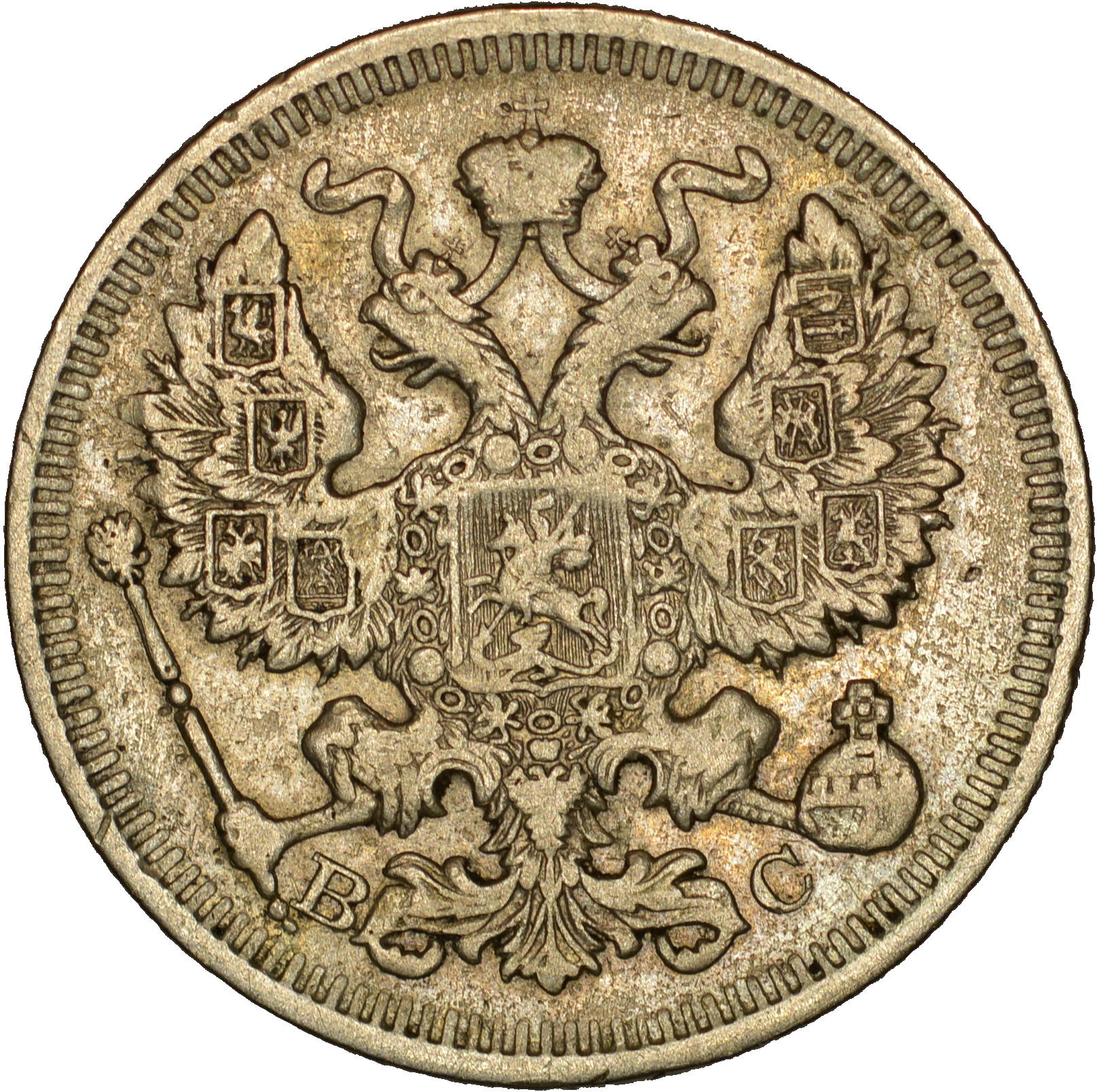

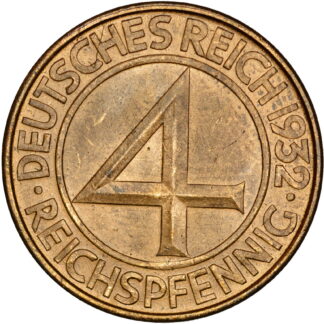
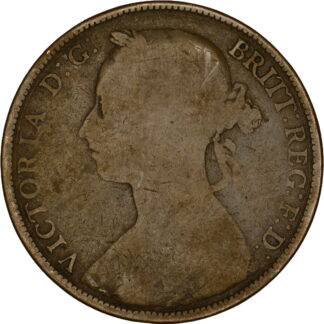
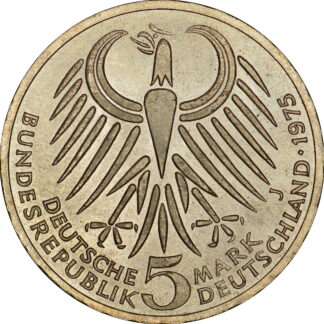
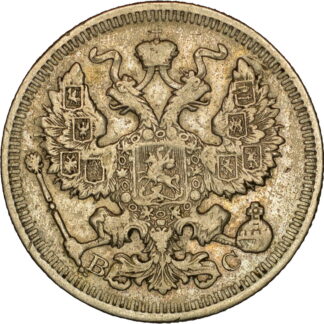
Reviews
There are no reviews yet.